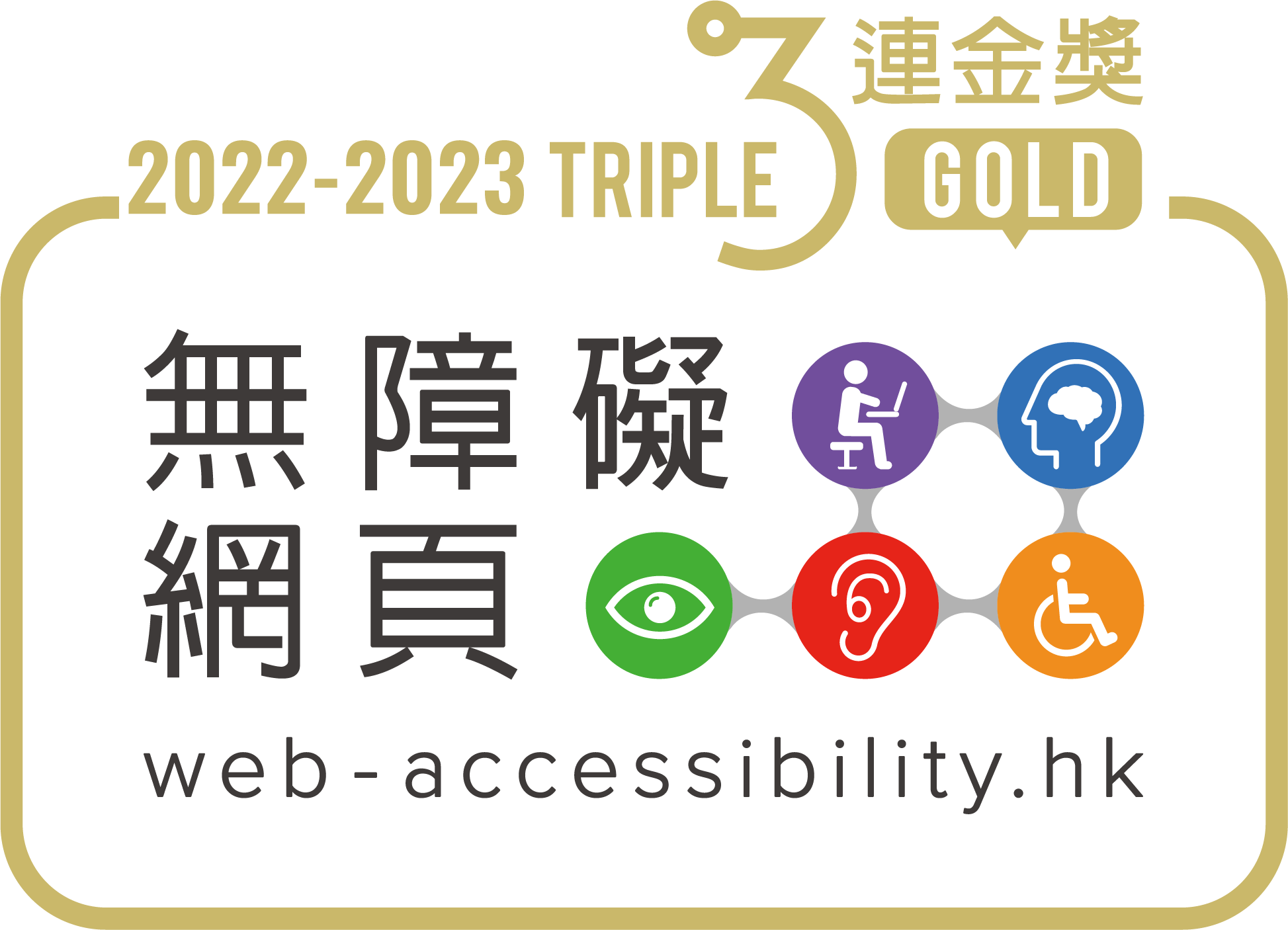Visual impairment (VI) refers to a significant functional loss of vision that cannot be corrected by medication, surgical operation or ordinary optical lenses such as glasses.
Significant VI refers to loss of visual acuity (VA) and/or loss of visual field that makes it difficult or impossible for people affected to complete daily tasks. The level of vision loss can be classified into total blindness with no perception of light and low vision (mild to moderate and severe). In addition, colour-blindness is also considered as a form of VI.
General Difficulties Encountered by Students with VI
- Limitations in making eye contact during conversations
- Difficulties in identifying routes to different locations in a new environment
- Difficulties in identifying specified colour(s) for students with colour-blindness
- Difficulties in reading books, journals, examination papers or other materials in standard print
- May need longer time in reading
- Struggles in multitasking on a computer (e.g. during online classes where students may be instructed to do desktop research and group discussion at the same time)
- May suffer from headaches due to eyestrain
Useful Tips for Supporting Students with VI
• Communication:
1. Gain the student’s attention (e.g. by calling his/her name) before beginning a face-to-face conversation
2. Pause between sentences/phrases to ensure you have been understood before going on
3. Be specific when describing situations and giving directions (e.g. use landmarks – right, left, behind, etc. instead of giving indications that depend on sight – “here, there”)
4. Indicate the end of a conversation to avoid the embarrassment of leaving a person speaking when no one is actually there
5. Offer to guide the student by asking if he/she requires assistance but do not impose assistance if not requested
6. Guide the student who requests assistance by allowing him/her to take your arm just above your elbow; do not grab the student by the arm and push him/her forward
• Inclusive Teaching:
1. Prepare as much information as possible in electronic format which allows students with VI to adapt the information to formats that are accessible and suitable for them
2. Make required reading lists and course materials available early to allow sufficient time for students with VI to reproduce them in accessible formats
3. Verbalize what is written or presented on PowerPoints/blackboard/printouts; describe any charts, graphs or diagrams being used
4. Communicate in advance with the student whether he/she needs any assistive technologies in class
5. Provide oral feedback if feasible
6. Permit audio recordings of lectures to facilitate students’ revision/learning after class
7. Discuss special learning and/or exam arrangements privately with students concerned
8. Acknowledge and show respect for diversity in learning needs
• Assignment & Assessment:
1. Consider alternatives to those assignments and/or exams that may require extensive reading
2. Consider extensions in assignment deadlines
3. Consider extra time and supervised breaks in quizzes/tests/exams if necessary
4. Enlarge text or convert it to Braille for quiz/test/exam papers if required
5. Allow the use of a computer/laptop installed with assistive software and/or other assistive devices if required
6. Arrange a separate venue for quizzes/tests/exams to minimize distractions and noise
7. Provide oral instructions during exams
References
1. Information on Visual Impairment (Education Bureau, Hong Kong)
2. Information on Communicating and Supporting People with Visual Impairment (The Hong Kong Society for the Blind)
3. Inclusive Teaching for Students with Visual Impairment (Australian Disability Clearinghouse on Education and Training, Australia)




